Ernst Chlandi was a scientist in the late 18th century that is often referred to as the father of acoustics. One of his contributions was the development of Chlandi Plates, a means of studying wave patterns. In these experiments a metal plate of a particular geometry is suspended, sand is placed on it and a violin bow drawn across the plate to make it vibrate.
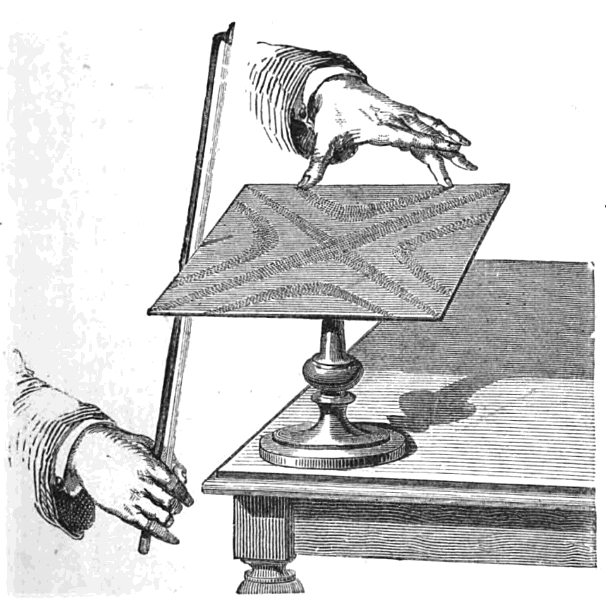
As the plate vibrates the sand is thrown from the antinodes that are in a constant state of flux and deposited at the nodes of the vibration where the plate is at rest. The resultant patterns are called Chlandi Patterns.
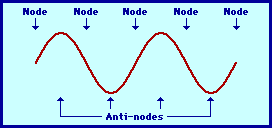
The spontaneous emergence of these patterns is both magical and captivating. Tangibility given to the ephemeral imparts a sense of the spiritual I think. Interestingly there are only generalized mathematical solutions known for circle, square and triangle plates leaving a lot of open possibilities for study.
I sat down to naively write software to study wave patterns of arbitrary frequency within arbitrary boundaries. While the software I ended up is not terribly robust it led to several pretty pictures and a truly marvelous epiphany for me.
The software I wrote works by defining a boundary within which the waves will propagate. I define the boundary in SVG format; this was my first time really studying SVG code, it’s a very neat implementation. While I can enter an arbitrary SVG boundary, I wrote a function that automatically calculates the SVG for any polygon. Next a position within the boundary is specified for the wave to originate from. From the origin, a number of particles are emitted and reflected off of any walls intersected; all of this data is recorded. A visual simulation is then performed where a line is drawn between each neighboring particle to illustrate the wave front traversing the object. This is a single wave though, arguably not even really a wave, but a test pattern used to explore the geometry of the enclosure and define how a wave would propagate through it independent of its frequency. While interesting, we need to go further.
With this data describing the way a wave would traverse the space, we can now create a wave of a given frequency and treat the enclosed area as a field space affected by the wave. The wave front is simulated and a sinusoidal magnitude (of any given frequency) is applied to the field space. So as the wave front reflects back over itself the superposition of the waves are reflected in the field space. This results in a heatmap of the field space magnitude from the wave at a particular phase angle of the wave.
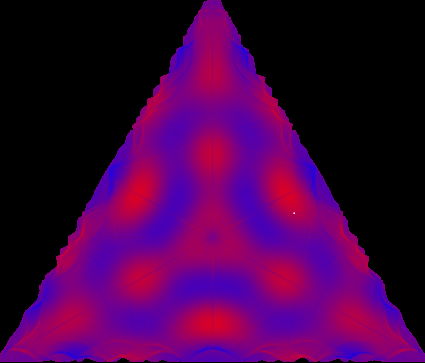
This simulation is then performed across the range of phase angles for the wave. If you animate these you can now truly visualize the waveform!
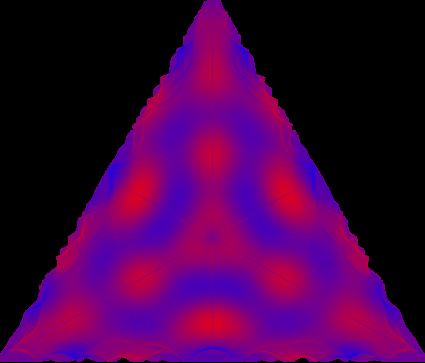
But this still isn’t a Chlandi Figure. If you were to put sand on this plate where would the sand collect and not? If we aggregate all of these heatmaps we end up with another heatmap that shows the nodes and antinodes; the Chlandi Figure, like this:
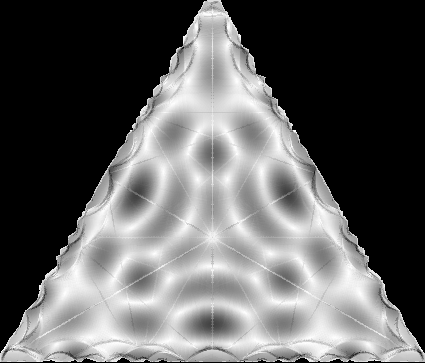
As a side note, the lines and rough borders are artifacts of inaccuracy in the double precision math, limited numbers of test particles, and room for improvement in the superposition around points of reflection, all good enough for my purposes though.
Here are a couple other wave animations:
Here are a couple more Chlandi Figures:
And if you made it this far, here was the big epiphany I jotted down quick on 11/19/2020 at 11:20am so that I wouldn’t forget:
A field space in which particle dispersal is simulated defines a wave form potential invariate the properties of the wave itself. The static quantum-mechanic-like space is defined by just one single wave front propagating within a boundary; it is altogether defined by the boundary. The realization of a resultant vibration is based on the selection of a frequency, the frequency reveals the wave from the potential that pre-existed it. It isn’t the wave, its geometry of the boundary that defines the reality, the frequency just collapses it to perception.
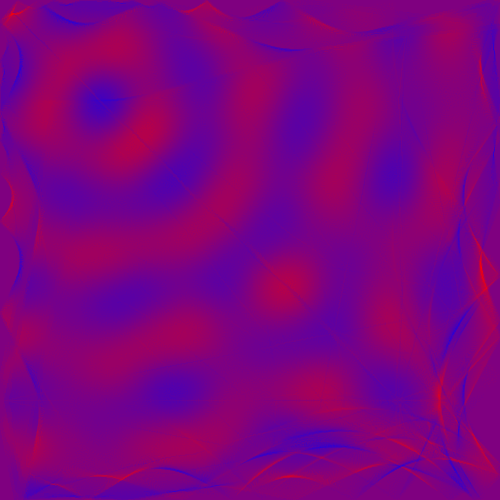
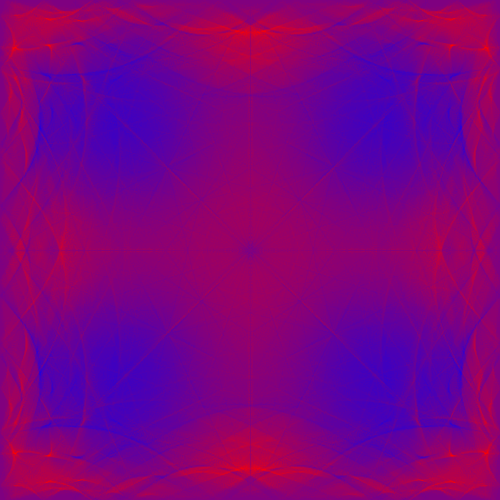
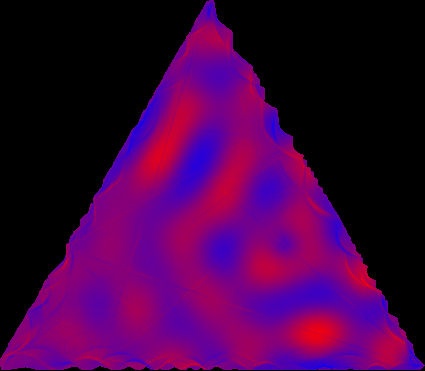
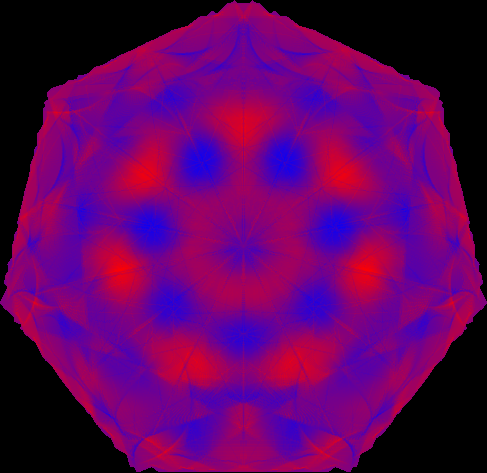
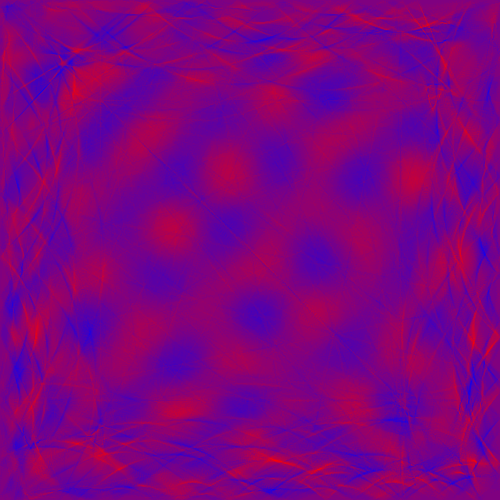
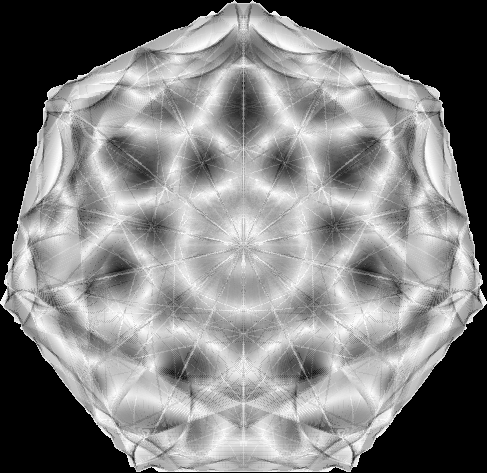
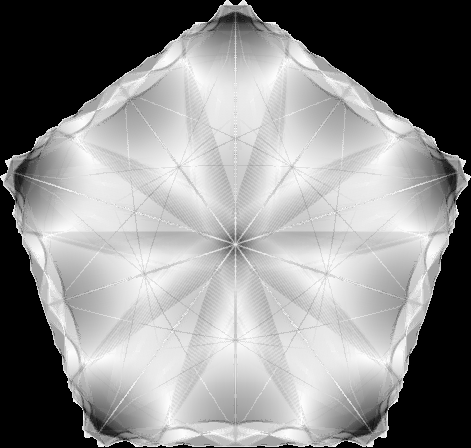
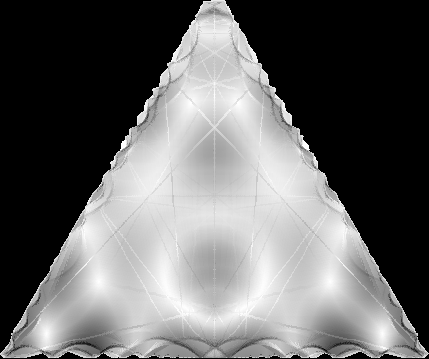
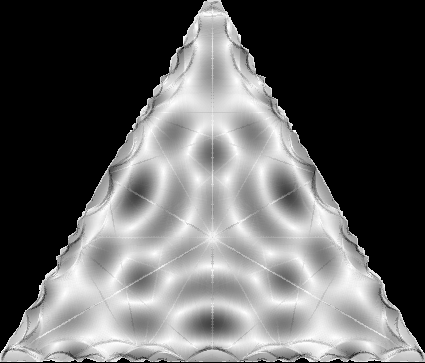
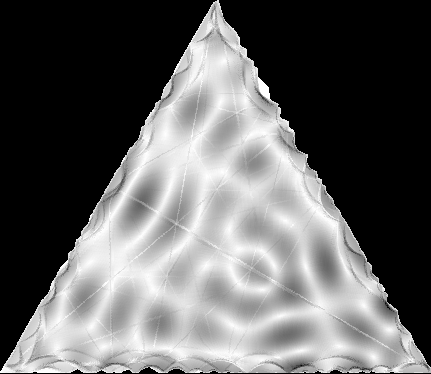
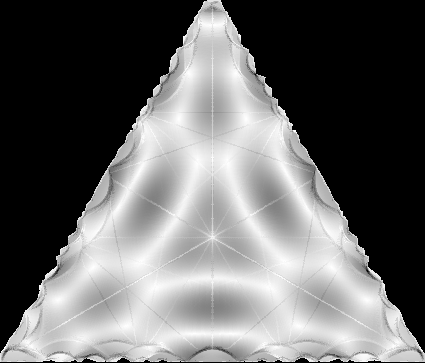
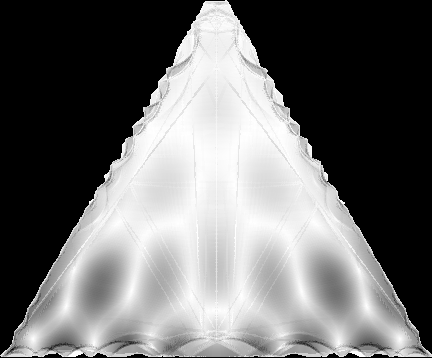

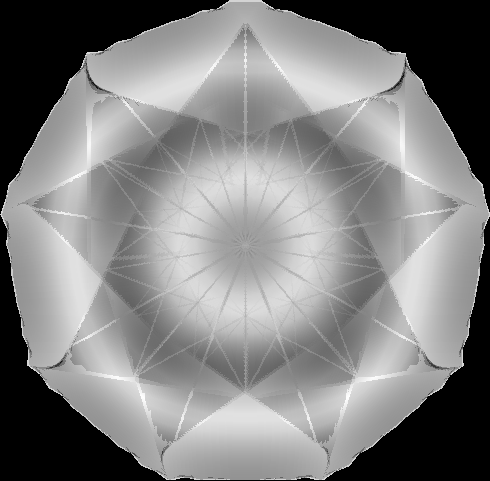
Hello, Michael!
I was happy to find your page and the studies of Chlandi Figures you’ve done just out of curiosity and fun.
Chlandi plates was a step in my logic for an album cover design i am making. So thats how i found your work.
I was wondering if you have the program on GitHub or somewhere open-source i could play with. I do scratch some programming myself, so i don’t mind if it comes in code and without an interface.
I don’t have any commercial purposes with it, just curious about making pictures through programming.
And , obviously , if i come up with something i’d like to make public, i’ll share it with you first.
’till then i’ll continue exploring your site
🙂